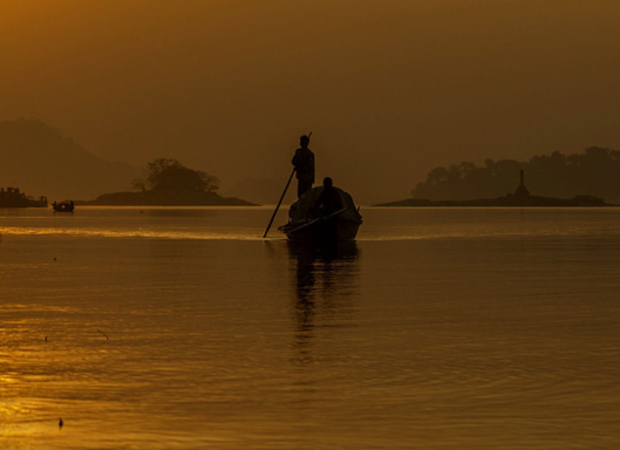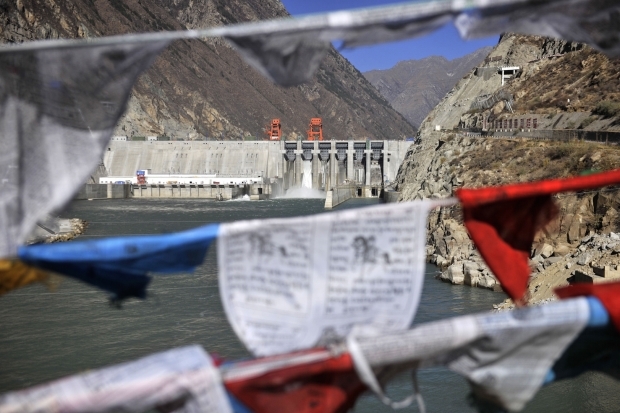Although the precise picture is still unclear, it’s likely that Nepal’s huge earthquake in April 2015 wreaked major damage on more than a dozen hydroelectric projects in Nepal.
This should sound a shrill warning for projects across the border in Tibet, an area also traversed by highly active seismic faults.
In November 2014, Tibet’s first major dam, at Zangmu, started generating power, marking the start of large-scale hydropower in Tibet.
Conversation
04.29.15
Is China Building Up Soft Power by Aiding Nepal?
Besides the risks to existing and future hydropower projects in Tibet, centered mainly along the Yarlung Tsangpo river (known as the Brahmaputra in India), there is little evidence that the dams are actually needed, says Fan Xiao, geologist and Chief Engineer of the Regional Geological Survey Team of the Sichuan Geology and Mineral Bureau.
Fan told chinadialogue that the region doesn’t have the population, the economy, or necessary demand for electricity. Although the power generated could be sold to the rest of China, or to neighboring India and Nepal, the economics of the projects are compromised by the high cost of transmitting the power, much of which would be wasted, given the distances involved.
Add to that the damage to Tibet’s geology, environment, and social structures, and the cons outweigh the pros, Fan adds.
Meanwhile, in Nepal, there are no hard facts on how badly the dams there have been hit by the 7.9 magnitude earthquake. Lu Chun, Chairman of the Three Gorges Corporation, said that relief efforts were taking priority over an immediate evaluation of the damage.
Three Gorges got permission to build a $1.6 billion hydropower dam in Nepal just weeks before the 7.9 magnitude quake. Despite huge potential, Nepal currently generates only 800MW from hydropower, compared with overall power demand of 1,400MW. India currently enjoys a monopoly in dam-building in Nepal, but the arrival of Chinese firms may change that.
Environment
12.04.14
Indian Critics of Tibet’s First Dam ‘Exaggerating’ Dangers
from chinadialogueYang Yong, a geologist and director of the Hengduan Mountain Research Institute, told chinadialogue that in the Yarlung Tsangpo region, earthquakes and rockslides are common. This could exacerbate the impact of earthquakes and increases the risks of natural disasters. Yang Yong says that in April 2000, he witnessed a rockslide that created a 4 billion cubic meter lake. (His observations can be read in greater detail in this chinadialogue article). Two months later, that lake burst, affecting one million people and paralyzing transportation.
China’s government says new dams are needed to boost the economy and provide electricity at a time when coal-fired generation has contributed to choking smog in the country’s major cities. In the upcoming 13th Five Year Plan (2016-2020), large dams are planned for the Yarlung Tsangpo, Jinsha, Lancang (Mekong), and Nu rivers.
The Three Gorges Corporation website said on May 5 that the hydroelectric industry’s most important conference—the World Hydropower Congress—would be held in China this year, an acknowledgement of the country’s importance to the sector.
According to statistics published by the China Electricity Council in March, China now has more than 300 gigawatts (GW) of hydropower generating capacity—far more than any other nation. According to figures from the International Hydro Power Association website, China had 280GW of hydro capacity installed by 2013, meaning the country likely has met a target to have 300GW in place this year.




